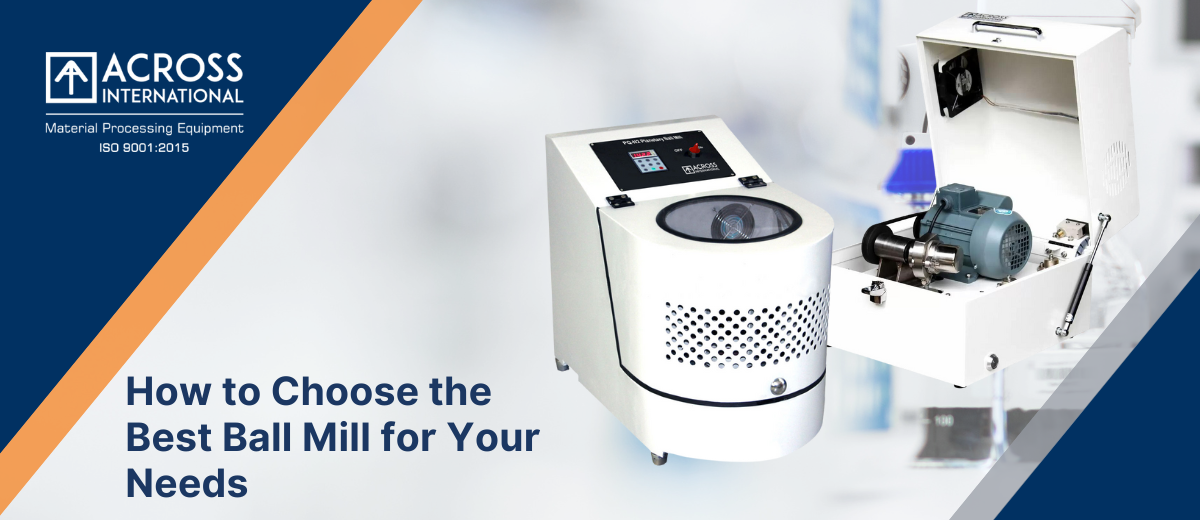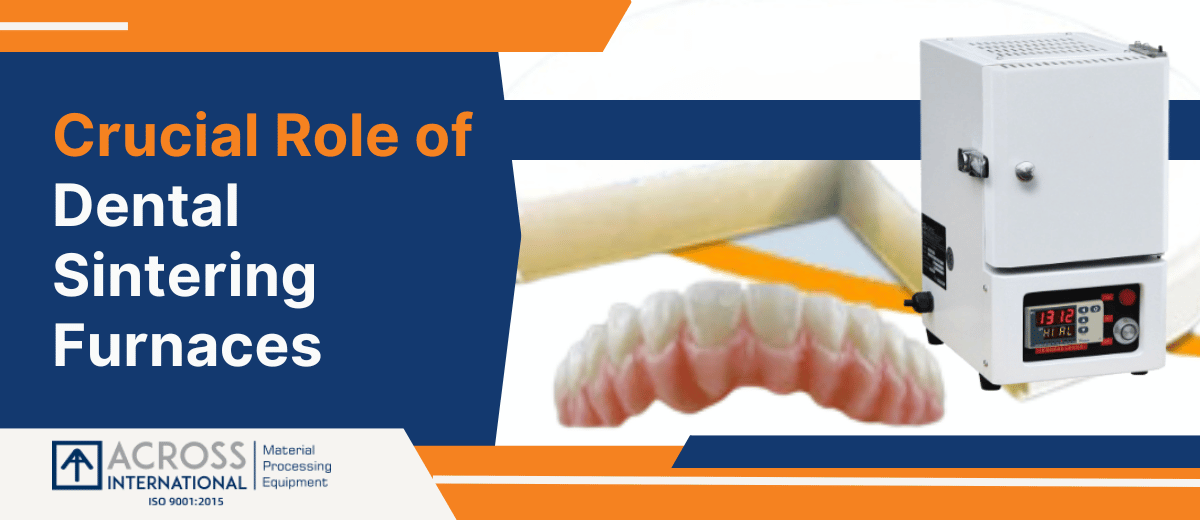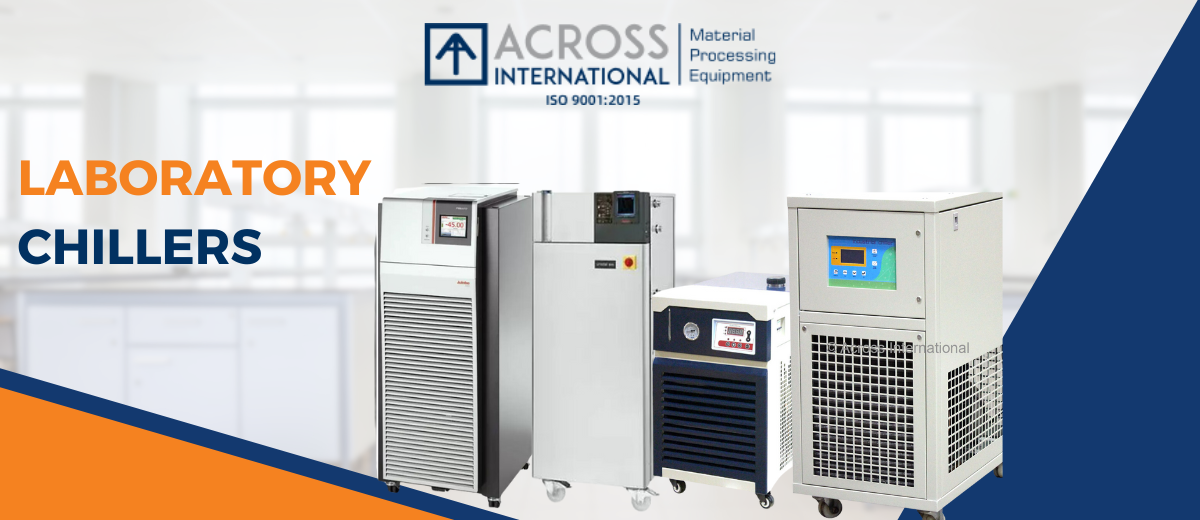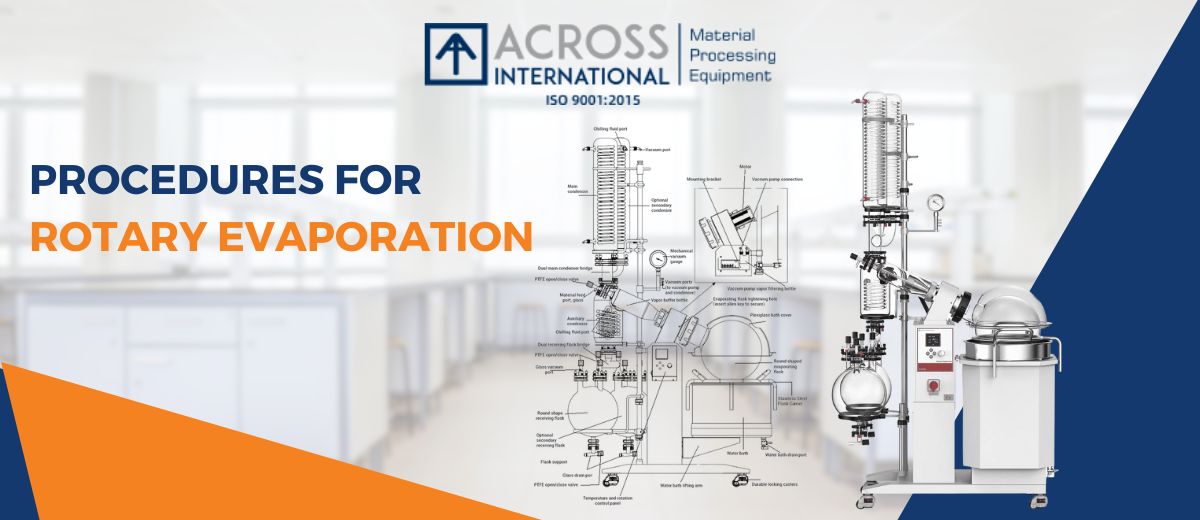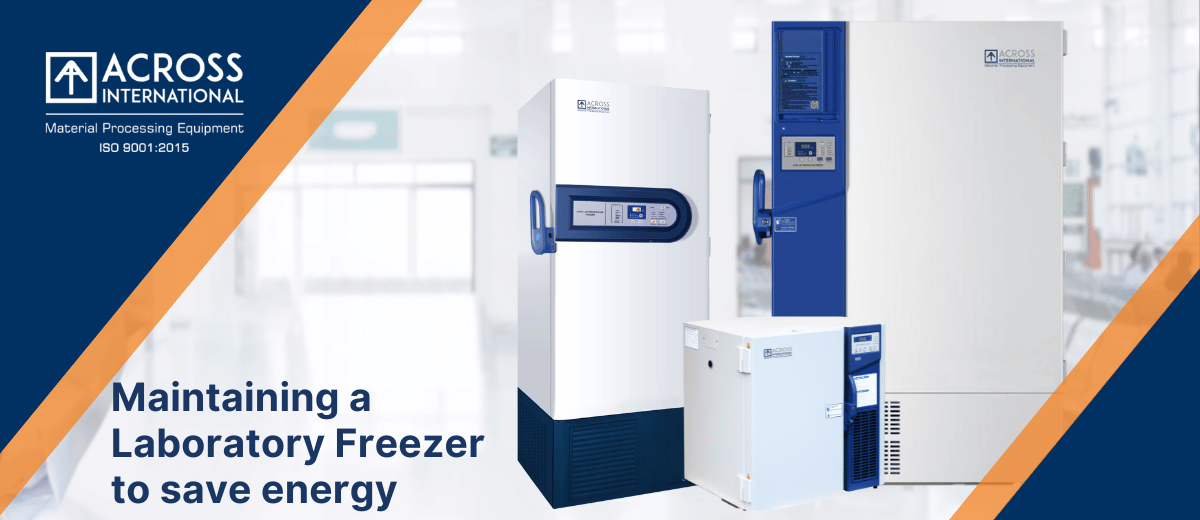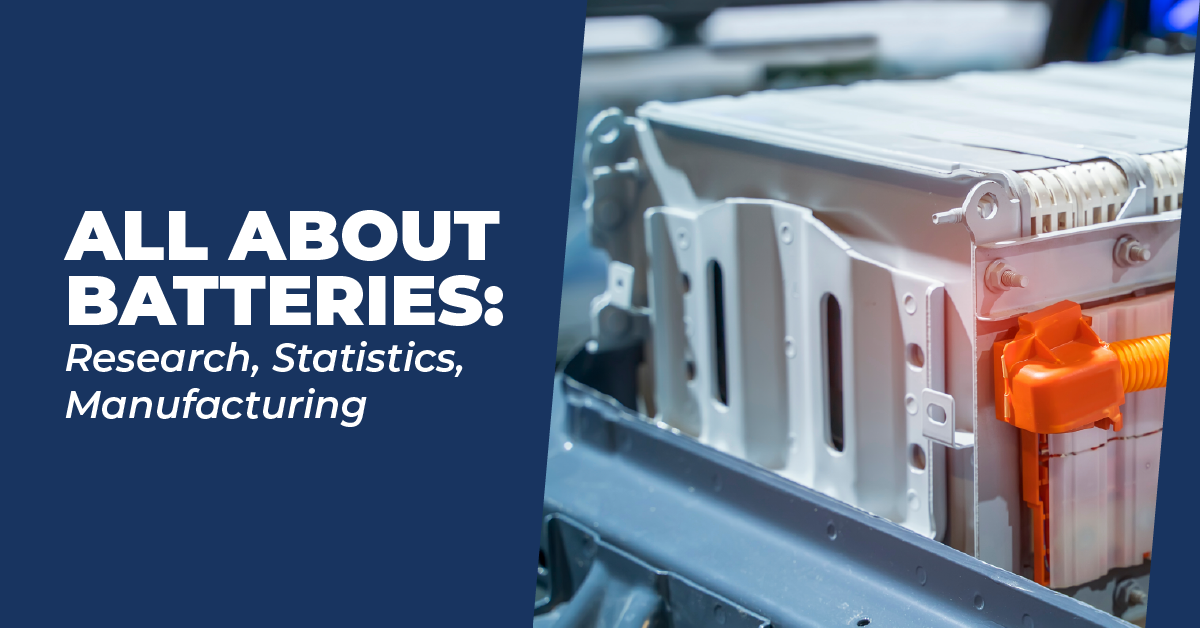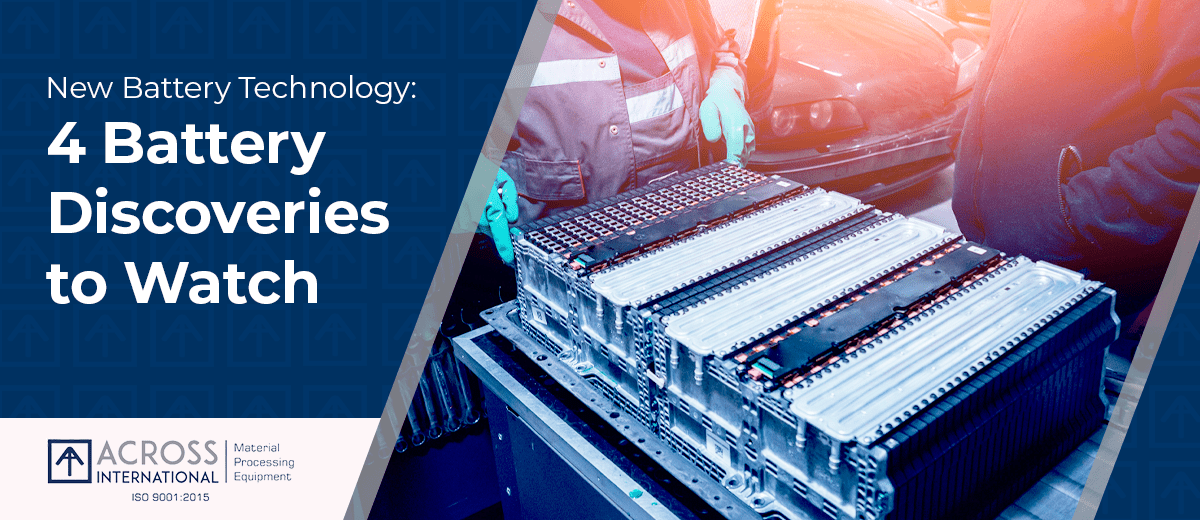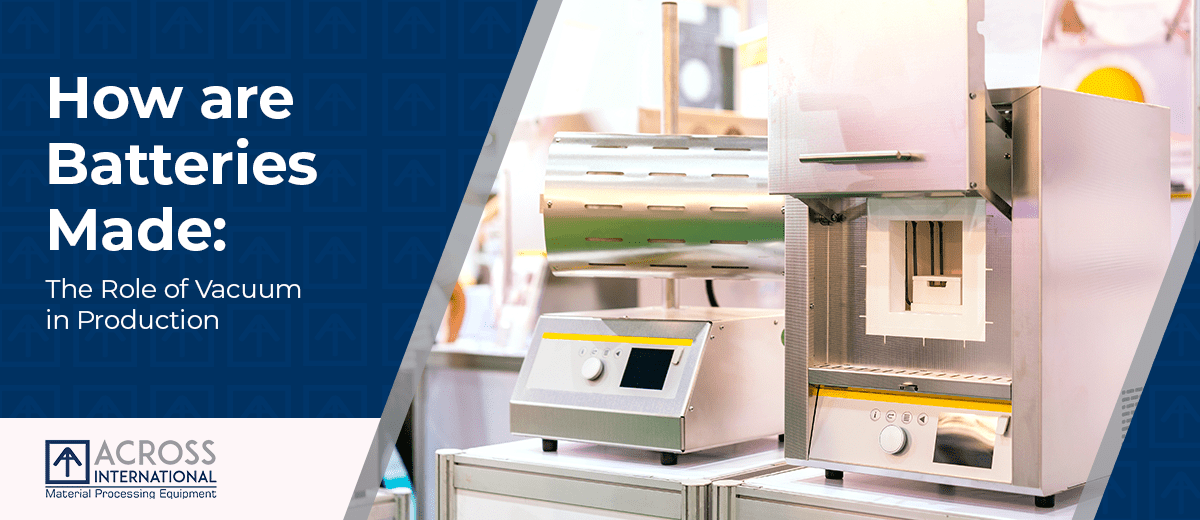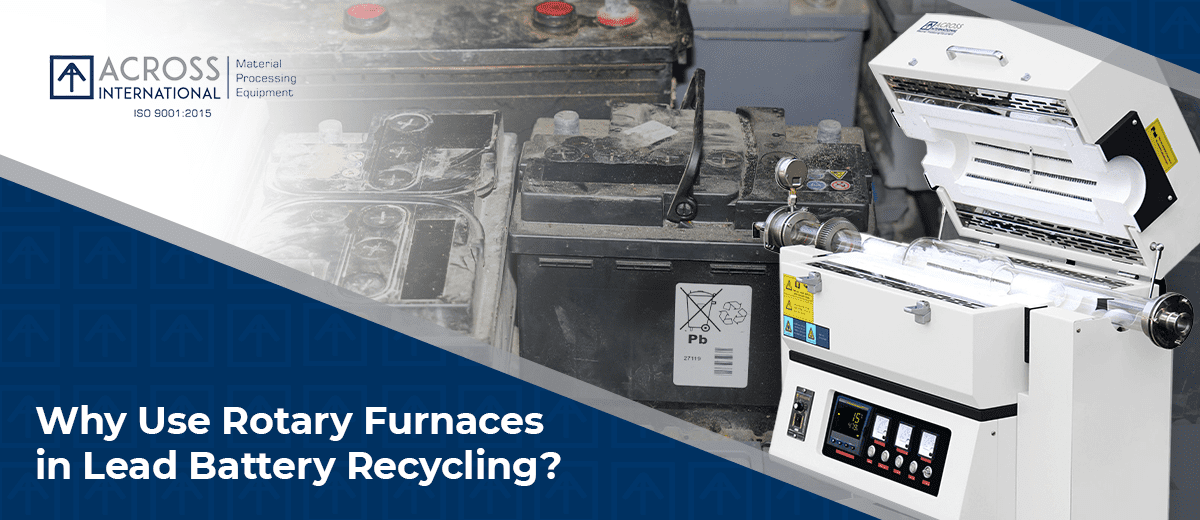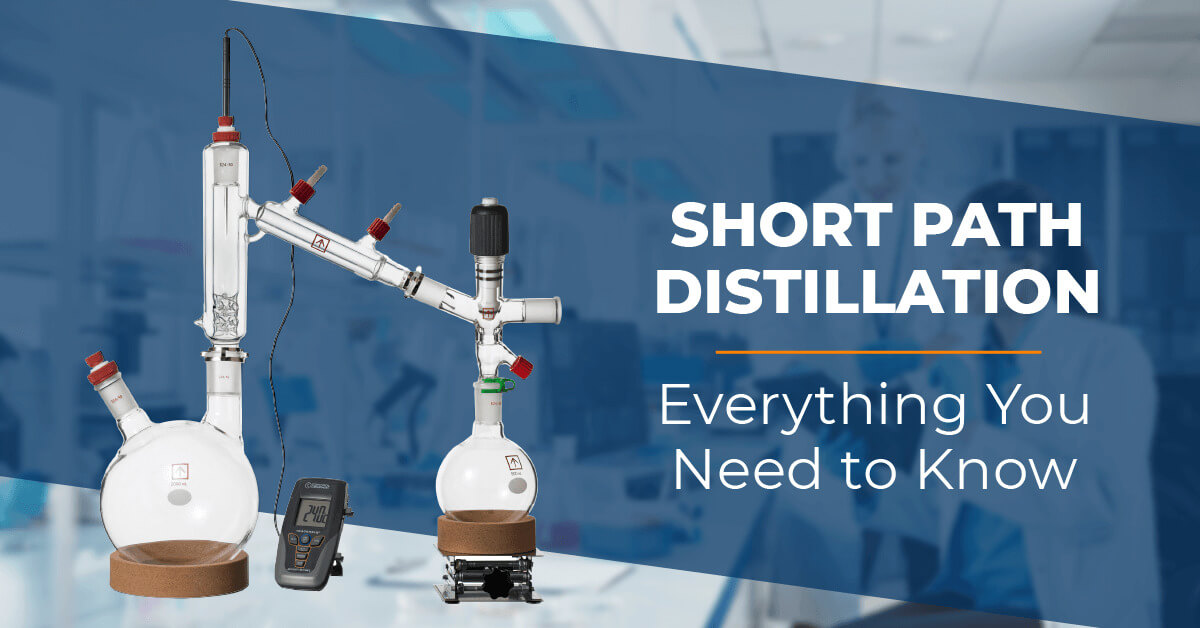We use cookies to make your experience better. To comply with the new e-Privacy directive, we need to ask for your consent to set the cookies. Learn more.
Vacuum Furnace for 3D Printing
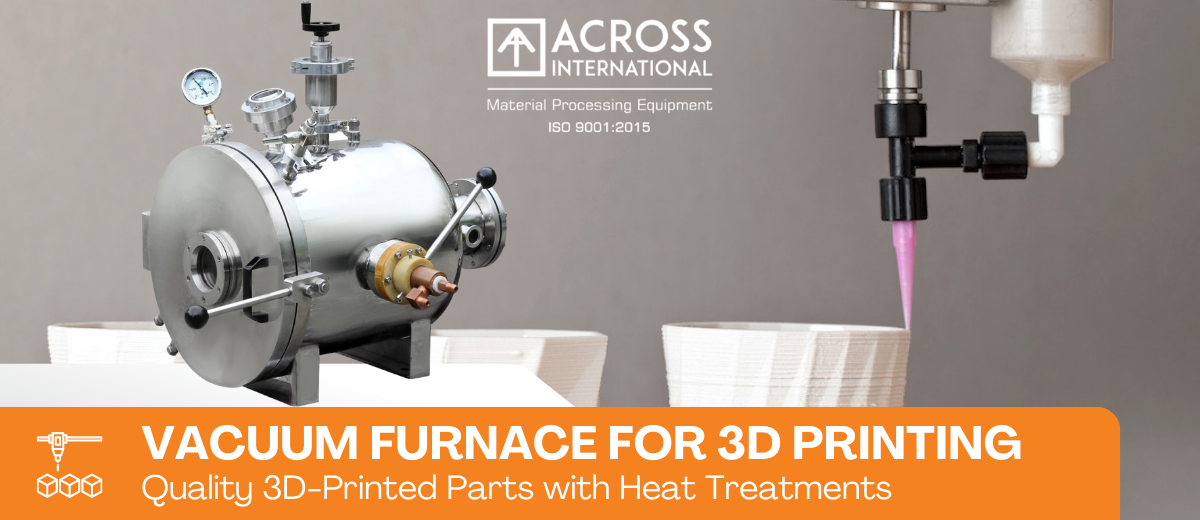
As technology advances, people discover different ways to do their tasks more efficiently than before, one of which is creating parts or components using 3D printing. This technology is quickly becoming more popular, especially in manufacturing metal products. It provides a faster production time and makes robust components for various applications.
However, not a lot of people know how it works. One of the essential processes involved in the entire 3D printing operation is vacuum heat treatment—one which you need to understand to optimize the characteristics of your metal products.
In 3D printing, metal parts are made to the layering of metallic powders. Shapes are adjusted to a laser followed by a fast-cooling phase which can lead to variations within the microstructure of parts, phase changes, as well as expansion phenomenon. These constraints are remote to the fast manufacturing of parts.
To obtain expected mechanical properties as well as to improve the unity of materials, it is necessary to apply a first stress relieving heat treatment to parts. This will eliminate all forms of residual constraints and spread tensions resulting from manufacturing.
To strengthen and maximize the durability of these complex and porous parts, an additional heat treatment is needed to ensure ageing phases and solution heat treatment.
Vacuum furnace volumes with temperature up to 1600 C:
1. Vacuum heat treatments are specifically tailored to alloys prone to oxidation
2. Patented heating element design assures temperature uniformity
3. Hot zone designs guarantee clean treatments and avoid contamination
4. Optimum atmospheres guaranteed
5. Optional accelerated neutral gas cooling is available for increased productivity
Across International vacuum furnaces are specifically tailored to alloys prone to oxidation: Nickel, Titanium, Cobalt, Chrome, Molybdenum as well as Tungsten. All require to be treated under primary or secondary vacuum.
The design of the vacuum furnace allows external loading, with a load directly conveyed by the door of the furnace. This system is specifically adapted to integration within a clean environment. This compact installation allows a wide range of treatments with working temperatures up to 1600°C, while working under primary or secondary vacuum.
Quality 3D-Printed Parts with Vacuum Heat Treatments
3D printing is fast becoming a popular way of producing metal components as its cost-effectiveness optimizes the mechanical properties of the materials. From plastic materials to metallic powders, you can create anything using this technology.
However, keep in mind that vacuum heat treatment is an integral part of the 3D printing process. No matter what additive manufacturing method you deploy, heat-treating is a must to achieve the goal of crafting items that are very close to the end product’s final shape. And for this, you need a high-quality lab furnace specialized for this process.
To help you in your search, check out Across International Lab furnace selection of lab furnace today. We carry a range of lab furnaces, including high-temperature, controlled atmosphere, muffle furnaces, and more. If you need assistance with choosing a lab furnace that can support your vacuum heat treatment process, fill out our contact form and we’ll get in touch with you


